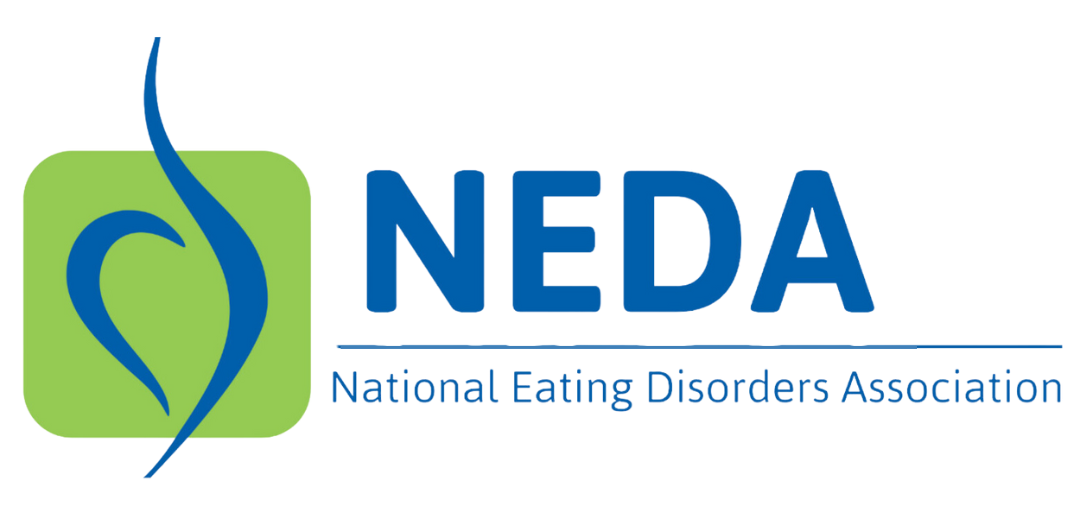Reviewed by Leah Graves, RDN, LDN, CEDS-S, FAED
What are the Different Types of Eating Disorder Treatment?
Eating disorder treatment can be delivered in a variety of settings. Understanding the different levels of care and treatment strategies can be helpful when selecting a provider. It’s also good to understand the types of treatment because insurance benefits are tied both to diagnosis and the type of treatment setting.1
Types of Outpatient Treatment Providers1
Outpatient services are delivered by a multidisciplinary team of providers including a therapist, registered dietitian/nutritionist, a psychiatrist, and/or a medical provider for appointments which can occur weekly or less often depending on the client’s need. Eating disorder support groups are not a replacement for professional help but do compliment treatment by providing additional recovery support. Typically an individual must meet the following criteria to enter outpatient treatment:
- Individual is medically stable and does not require daily medical monitoring
- Individual is psychiatrically stable and is able to apply skills learned in sessions at home to make progress in recovery and function in normal social, educational, or vocational situations
Please note that this list is not exhaustive and credential abbreviations will vary by state and other disciplines:
- Therapist is an umbrella term for professionals who are licensed to provide mental health counseling. The lists of professionals included under this umbrella term are: counselors, social workers, and psychologists. Credentials often associated with these professionals are: LPC, LPCC, LCPC, LMHC, LMHP, LCSW, LMFT, PsyD, PhD, EdD.
- Psychiatrists differ from therapists as they’re able to prescribe medication. Psychiatrists give medical and psychiatric evaluations and are licensed to write prescriptions. Treatment may focus on medication management. Credentials often associated with psychiatrists are: DO, MD.
- Psychiatric Nurse Practitioners and Physician’s Assistants are qualified to treat certain medical conditions without the direct supervision of a doctor. They can also prescribe medication. Credentials often associated with psychiatric nurse practitioners are: NPP, DNP, PMHNP, PA.2
- Medical doctors are licensed to practice medicine and can include pediatricians, adolescent medicine specialists, internal medicine specialists, or family doctors. Credentials often associated with medical doctors are MD, DO.
- Dietitians/Nutritionists may plan food and nutrition programs and promote positive eating habits to prevent and treat illness. Credentials often associated with professionals are: RD, RDN, LDN.
- Outpatient treatment programs: Some specialty eating disorder treatment facilities offer individual outpatient services, however most outpatient services are provided by individual clinicians.
Types of Eating Disorder Treatment Programs1
- Intensive Outpatient Speciality Eating Disorder Programs (IOP):
- Individual is medically stable and does not require daily medical monitoring
- Individual is psychiatrically stable and has symptoms under sufficient control to be able to function in normal social, educational, or vocational situations and to apply skills learned in treatment to continue to make progress in recovery
- Treatment typically involves group and individual therapy sessions as well as meal support several times a week for a few hours
- Partial Hospital Speciality Eating Disorder Programs (PHP):
- Patient is medically stable but:
- Eating disorder impairs functioning, though without immediate risk
- Individual needs frequent assessment of health status
- Patient is psychiatrically stable but:
- Individual needs frequent assessment of mental well-being
- Individual is unable to function well in typical social, educational, or vocational situations
- Individual engages in frequent binge eating, purging, fasting or very limited food intake, or other pathogenic weight control technique
- Treatment typically involves:
- Patients going to the facility for the entire day for treatment and daily meals and returning home at night.
- Patients going to the facility for the entire day for treatment and daily meals and returning home at night.
- Patient is medically stable but:
- Residential Speciality Eating Disorder Programs:
- Individual is medically stable and does not require acute medical intervention
- Individual is psychiatrically compromised
- Individual’s symptoms have either not responded to or are too frequent to be a candidate for partial hospital or outpatient treatment
- Treatment typically involves:
- Living at the facility and 24-hour care, however the individual must me medically stable
- Living at the facility and 24-hour care, however the individual must me medically stable
- Inpatient Speciality Eating Disorder Programs:
- Individual is medically compromised requiring daily monitoring often determined by:
- Unstable or depressed vital signs
- Laboratory findings presenting acute health risk
- Complications due to coexisting medical problems such as diabetes
- Individual is psychiatrically compromised as determined by:
- Rapidly worsening symptoms
- Demonstrating suicidality or safety risk and is unable to participate in developing a viable safety plan
- Treatment typically involves:
- Individual living at the facility and receiving 24-hour medical and psychiatric monitoring in a hospital setting
- Individual living at the facility and receiving 24-hour medical and psychiatric monitoring in a hospital setting
- Individual is medically compromised requiring daily monitoring often determined by:
Learn more about treatment here.
Learn more about finding treatment providers in your area here.
Sources
[1] Crone, C., Anzia, D. J., Fochtmann, L. J., & Dahl, D. (2023). The American Psychiatric Association practice guideline for the treatment of patients with eating disorders, Fourth Edition. American Psychiatric Association. Available at: https://psychiatryonline.org/doi/book/10.1176/appi.books.9780890424865. Accessed on 8/3/23.
[2] Kumar, A., Kearney, A., Hoskins, K., & Iyengar, A. (2020). The role of psychiatric mental health nurse practitioners in improving mental and behavioral health care delivery for children and adolescents in multiple settings. Archives of psychiatric nursing, 34(5), 275–280. https://doi.org/10.1016/j.apnu.2020.07.022

